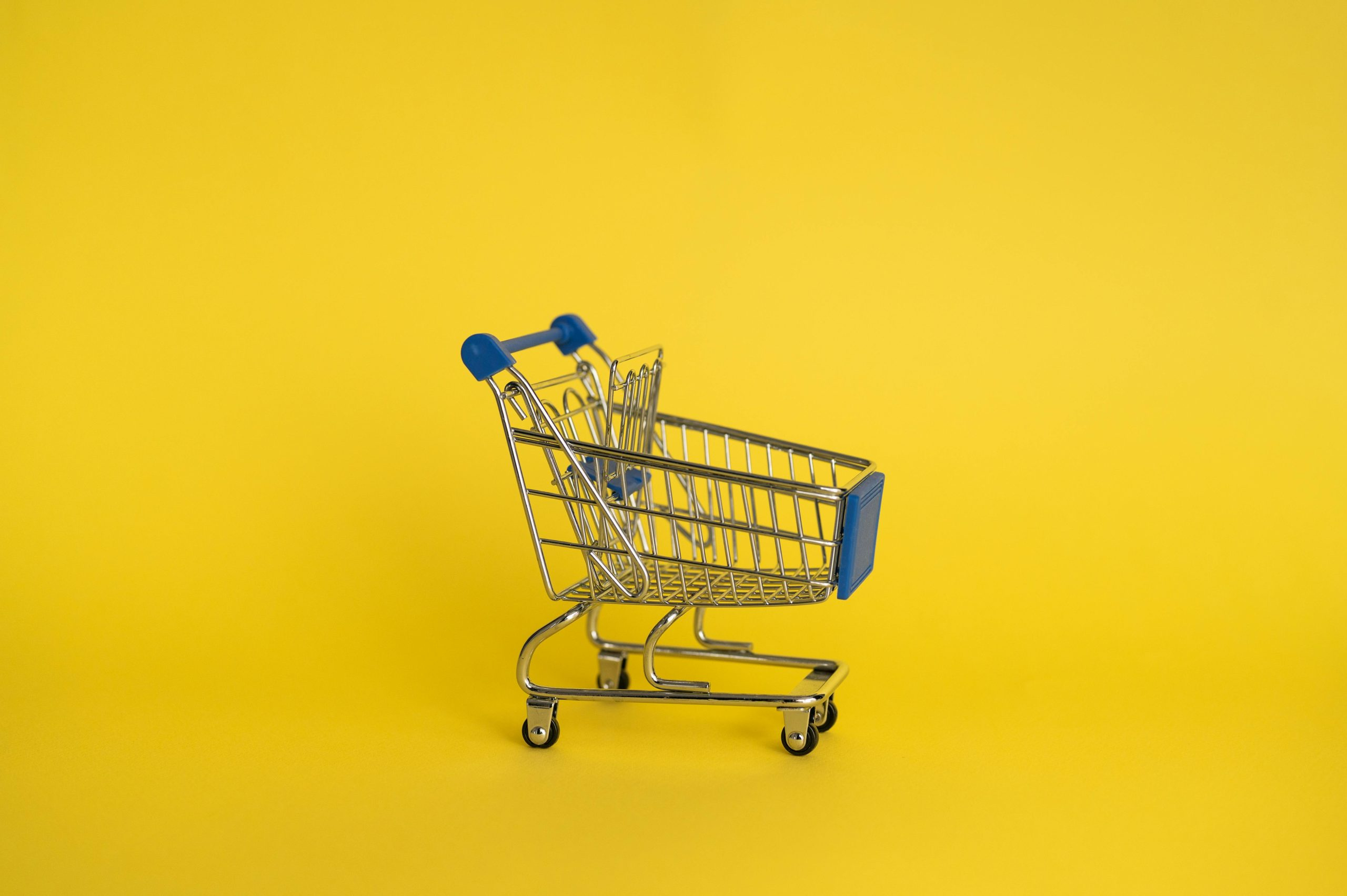Shopping Apps Designed With Accessibility in Mind
In today’s digital age, shopping apps have become an integral part of the retail industry. With more and more people turning to online shopping, it has become crucial for retailers to have a strong online presence. However, in this digital world, there are still many people with disabilities who face challenges when it comes to using shopping apps. That’s why there’s been a growing demand for shopping apps that are designed with accessibility in mind. In this article, we’ll explore the concept of accessibility and how it’s being incorporated into shopping app design.
What is Accessibility in the Context of Shopping Apps?
Accessibility refers to the design and usage of products, services, and environments that can be accessed and used by people with disabilities. In the context of shopping apps, this means ensuring that people with disabilities can access and use the app with ease, regardless of their impairment. This includes making the app usable for people with visual, hearing, and motor impairments, as well as those with cognitive or learning disabilities.
The Need for Accessible Shopping Apps
According to the World Health Organization, there are over 1 billion people with disabilities globally, and this number is expected to increase as the population ages. These people also have purchasing power, and it’s a missed opportunity for retailers if they don’t cater to their needs. With the rise of online shopping, there’s a growing demand for accessible shopping apps that can make the shopping experience easier for people with disabilities.
The Importance of Inclusive Design
Inclusive design is the process of designing products and services that can be used by people with the widest range of abilities. It not only benefits people with disabilities but also enhances the usability and user experience for all users. In terms of shopping apps, inclusive design means creating apps that are easy to use for everyone, regardless of their abilities.
How do Shopping Apps Cater to Different Disabilities?
Visual Impairments: People with visual impairments often use screen readers to access content on their devices. Shopping apps can improve accessibility for these users by including alt text for images, using larger font sizes and high contrast colors, and providing audio descriptions of product images.
Hearing Impairments: For people with hearing impairments, shopping apps can include closed-captioning for videos and provide alternative text and descriptions for audio content. They can also use visual cues and icons instead of relying solely on audio notifications.
Motor Impairments: Shopping apps can be challenging for people with motor impairments as it requires precise touch and swipe movements. To make the app more accessible, designers can implement larger interactive elements and provide options for different input methods such as voice commands.
Cognitive/Learning Disabilities: People with cognitive or learning disabilities may find it challenging to navigate through complex menus and options. Shopping apps can improve accessibility for these users by providing simple and easy-to-use interfaces, using clear and concise language, and avoiding cluttered layouts.
Examples of Shopping Apps with Accessibility in Mind
Several shopping apps have taken steps to make their platforms more accessible to people with disabilities. Here are some notable examples:
Walmart
Walmart’s shopping app has a feature called “voice search” that allows users to search for items using voice commands. This feature is particularly helpful for people with motor or visual impairments. The app also has a “tappable” shopping list that allows users to mark items off their list with a single tap, making it easier for people with motor impairments to shop.
Amazon
Amazon’s shopping app has a feature called “voice view” that provides voice guidance for the visually impaired and reads out product details aloud. Additionally, the app has adjustable text size, contrast settings, and color-blind friendly options, making it more accessible for users with visual impairments.
Target
Target’s shopping app has a “voiceover” feature that allows users to use voice commands to search and browse products. The app also has a high contrast mode, adjustable text size, and alternative text for images to make it more accessible for people with visual impairments.
Conclusion
Shopping apps designed with accessibility in mind not only cater to people with disabilities but also provide a better shopping experience for all users. As the number of people with disabilities increases, it’s essential for retailers to prioritize accessibility and inclusive design in their shopping app development. By creating shopping apps that are accessible to everyone, retailers can tap into a larger market and contribute to a more inclusive society.










